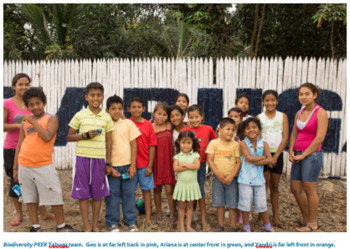Getting & Graphing Your Plant & Animal Data Outside - Remote-Ready STEM/STEAM
Products in this Bundle (3)
Description
This bundle gets your kids outside safely and ethically collecting data and assessing the health of their local biodiversity and primes the pump for any of my Nature STEAM, student-driven projects. First, students learn how modern biodiversity data collection is a lot safer (for biologists AND their subjects) than it was in history. After viewing my Silly Skits Video your kids use humor to dramatize how to act safely and ethically in their outdoor wild before collecting their own citizen-science data. Next, through the true story of a 15-year-old trying to protect her community’s backyard wilderness, your students learn the importance of their backyard biodiversity AND how to use their data to protect it. They also get some guided practice at graphing and interpreting plant and animal data. Finally, you literally and figuratively open the door for the kids to collect real, baseline, biodiversity data outside where they live. With my handy data sheets, they then graph and evaluate their data, setting the stage for designing and doing their own biodiversity improvement projects at their school and/or homes. Includes:
· 3 Detailed Lesson Plans
· Extension Activities
· Species Seekers Historical Reading
· Full Silly Skits (Four F’s and Being Sneaky) Video
· Printable, Safety & Ethics Comedy Skit Cards
· Interactive, Digital Story
· Discussion Questions & Guided Graphing Practice
· Sample Graphs
· Live Links to Resources
· How to Record Data - Guided Presentation
· Printable, Student Data Sheets





